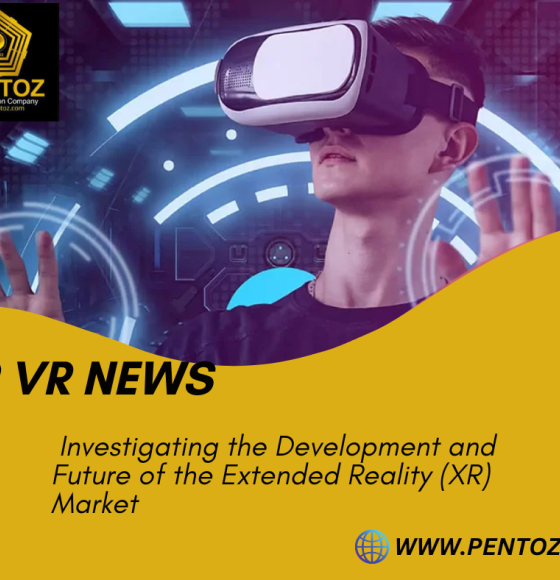Recent years have seen extraordinary development and innovation in the Extended Reality (XR) market, changing how consumers engage with digital information and the real world. Virtual Reality (VR), Augmented Reality (AR), and Mixed Reality (MR), often referred to as XR, offer a variety of immersive experiences that meld the virtual and real worlds. Due to technological developments, rising consumer interest, and a wide variety of applications across industries, this market has grown quickly.
The ongoing development of hardware and software capabilities is one of the factors fueling the expansion of the extended reality market. More realistic and interesting XR experiences are now possible thanks to powerful CPUs, sophisticated optics, and motion-tracking sensors. These advancements have helped not only the gaming and interactive media industries, but also those in the healthcare, education, manufacturing, and architectural fields.
Virtual Reality has become quite popular in the entertainment industry, giving users the chance to totally immerse themselves in virtual worlds. Games in VR now offer a level of engagement and immersion that was previously unthinkable, revolutionizing the gaming industry. On the other side, augmented reality adds digital data on top of the actual environment to improve real-world experiences. Applications for this technology can be found in industries like marketing, retail, and navigation.
The use of XR technology in businesses has also increased. Medical training, preoperative planning, and even remote procedures are all made possible by the usage of XR in sectors like healthcare, improving patient care and lowering risks. Immersive learning experiences that engage pupils and improve understanding of difficult concepts are made possible by XR in the educational setting. Businesses are using XR to increase efficiency and cut costs through collaborative design reviews, remote maintenance, and virtual prototyping.
Industry Trends:
The trends that Extended Reality Market has identified might help businesses create more effective strategy. The most recent data on new trends is included in the study. Both businesses seeking to create products that are significantly better and consumers receiving an idea of the upcoming products on the market can benefit from this knowledge.
Market Drivers and Barriers: In order to better inform readers about the overall development, this research examines the high-impact elements and drivers. The paper also explores the limitations and challenges that market participants can experience. This material emphasizes prospective commercial opportunities and assists readers in making knowledgeable business decisions.
Research Techniques:
The comprehensive approaches provided by knowledgeable data analysts serve as the foundation for the Extended Reality report. With the research approach, analysts acquire data only to have it carefully examined and filtered in an effort to provide accurate market estimates for the review period. The main research is made applicable and useful through the research process, which also includes interviews with significant market influencers.
Market Segmentation for Extended Reality
By Component
Hardware
Software
Services
By Type of Device
Mobile
PC
Headset
The User
Single-user
Multi-user
Through Delivery Model
consumer participation
Business interaction
Using Application
VR
AR
MR
Industry
Retail
Education
Manufacturing & industrial
Healthcare
entertainment & the media
Gaming
defense & aerospace
Others

















